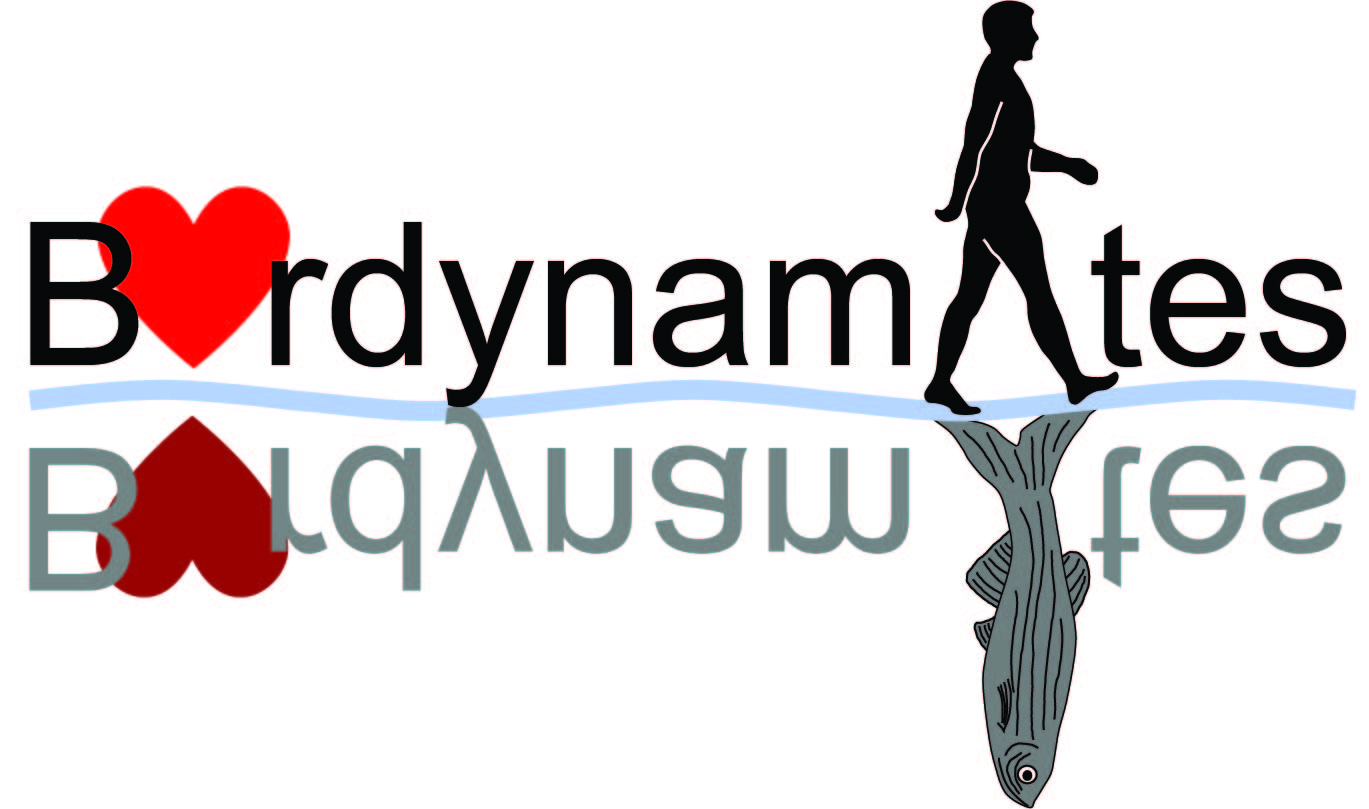Swimming toward solutions: Using fish and frogs as models for understanding RASopathies.
Type
The RAS signaling pathway regulates cell growth, survival, and differentiation, and its inappropriate activation is associated with disease in humans. The RASopathies, a set of developmental syndromes, arise when the pathway is overactive during development. Patients share a core set of symptoms, including congenital heart disease, craniofacial anomalies, and neurocognitive delay. Due to the conserved nature of the pathway, animal models are highly informative for understanding disease etiology, and zebrafish and Xenopus are emerging as advantageous model systems. Here we discuss these aquatic models of RASopathies, which recapitulate many of the core symptoms observed in patients. Craniofacial structures become dysmorphic upon expression of disease-associated mutations, resulting in wider heads. Heart defects manifest as delays in cardiac development and changes in heart size, and behavioral deficits are beginning to be explored. Furthermore, early convergence and extension defects cause elongation of developing embryos: this phenotype can be quantitatively assayed as a readout of mutation strength, raising interesting questions regarding the relationship between pathway activation and disease. Additionally, the observation that RAS signaling may be simultaneously hyperactive and attenuated suggests that downregulation of signaling may also contribute to etiology. We propose that models should be characterized using a standardized approach to allow easier comparison between models, and a better understanding of the interplay between mutation and disease presentation.

